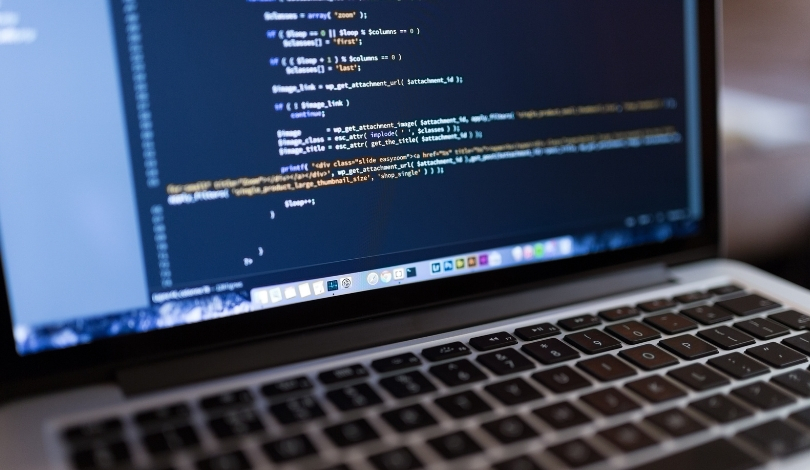A rapidly unfolding cybersecurity incident has brought renewed focus to the vulnerabilities in widely used networking equipment. The Cybersecurity and Infrastructure Security Agency (CISA) has sounded the alarm as the scope of attacks exploiting Cisco zero-day flaws remains uncertain. While federal agencies race to comply with a new emergency directive, operators across critical infrastructure sectors are also being called to action. This event highlights both the persistence of threat actors and the complexity of coordinated incident response between government, technology firms, and diverse network operators.
Compared to prior reports on Cisco security incidents, the current event stands out for its extended timeline and the significant delay between the initial discovery of malicious activity and public disclosure. Earlier cases often saw faster patch development and notification, but the need for a thorough investigation in this case resulted in months-long internal analysis. Collaboration between CISA and Cisco has been more visible, and the scale potentially exceeds previous episodes, particularly in terms of impact on federal systems and critical infrastructure.
How Did the Cisco Zero-Day Attacks Unfold?
Investigations revealed that attacks linked to the Cisco zero-day vulnerabilities began as early as November 2023, with reconnaissance leading to more advanced malicious activity involving read-only memory modification. Cisco launched an internal probe in May after unusual activity was detected on several federal agency networks. During the months that followed, both CISA and Cisco worked behind the scenes to determine the extent of the risk and to develop effective mitigation strategies. The delayed disclosure was attributed to the need for careful analysis and patch preparation.
What Steps Did CISA and Cisco Take in Response?
Once the vulnerabilities were confirmed to be under active exploitation, CISA issued an emergency directive mandating immediate action by federal agencies. Cisco, in parallel, released patches to address the zero-day flaws. Chris Butera from CISA underscored the collaborative nature of their actions with Cisco, noting:
“With any vulnerability coordination, it takes some time to properly understand what that vulnerability is and whether that vulnerability is being exploited, and some time for the vendors to develop a patch to mitigate that.”
The primary aim was to contain the breach and identify compromised devices across federal networks.
What Are the Concerns Moving Forward?
There is ongoing uncertainty about the total number of affected systems, including those outside the federal government. CISA has called upon critical infrastructure operators to report incidents promptly, reflecting concerns that the threat could extend beyond federal agencies. Butera expressed the urgency of monitoring for further attacks, stating:
“We think it’s really important for our organization to try to detect that threat actor activity as quickly as possible, so that is what’s driving the tight timeline.”
Officials declined to elaborate on the actors behind the attack, emphasizing a focus on containment rather than attribution at this stage.
The continued exploitation of Cisco firewalls and network edge devices illustrates a persistent risk to government and private sector systems alike. Complexity in patch deployment, combined with delayed threat disclosure, increases the difficulty of rapid isolation of compromised devices. The current episode underlines the importance of regular system monitoring, quick response protocols, and transparent information sharing. Observers and organizations are reminded that adversaries may pivot tactics as new vulnerabilities come to light, reinforcing the need for ongoing vigilance, cross-sector cooperation, and investment in secure network architectures such as segmentation and updated firmware. Proactive planning and clear lines of communication will remain central to curbing the impact of similar attacks in the future.










